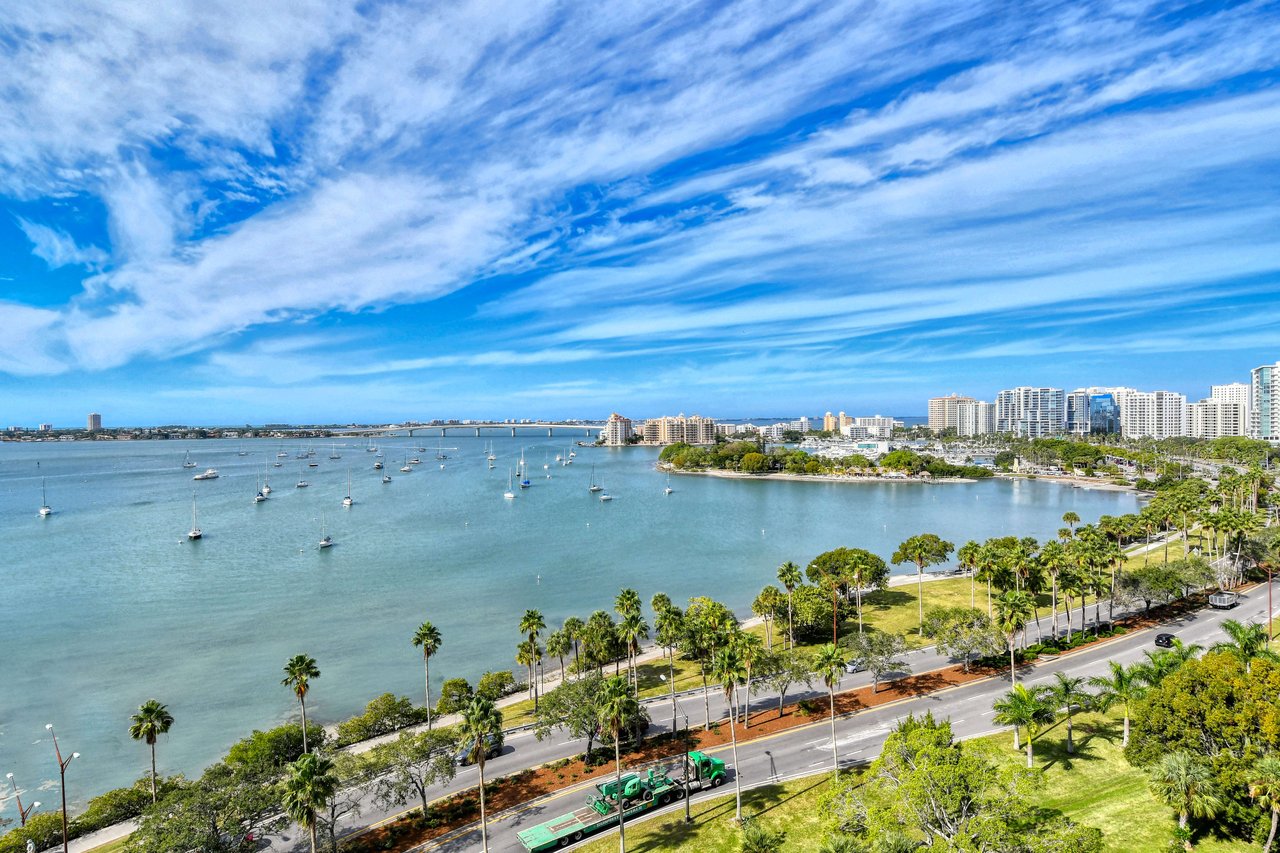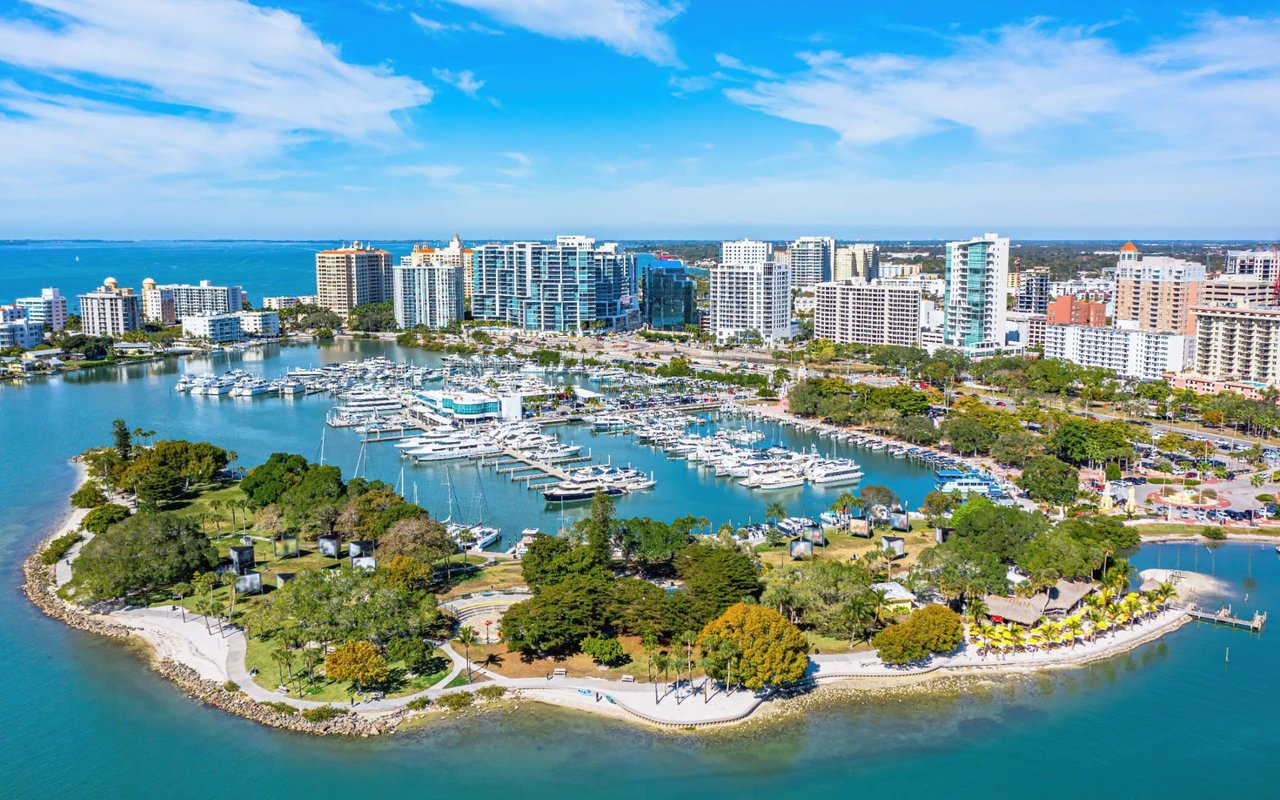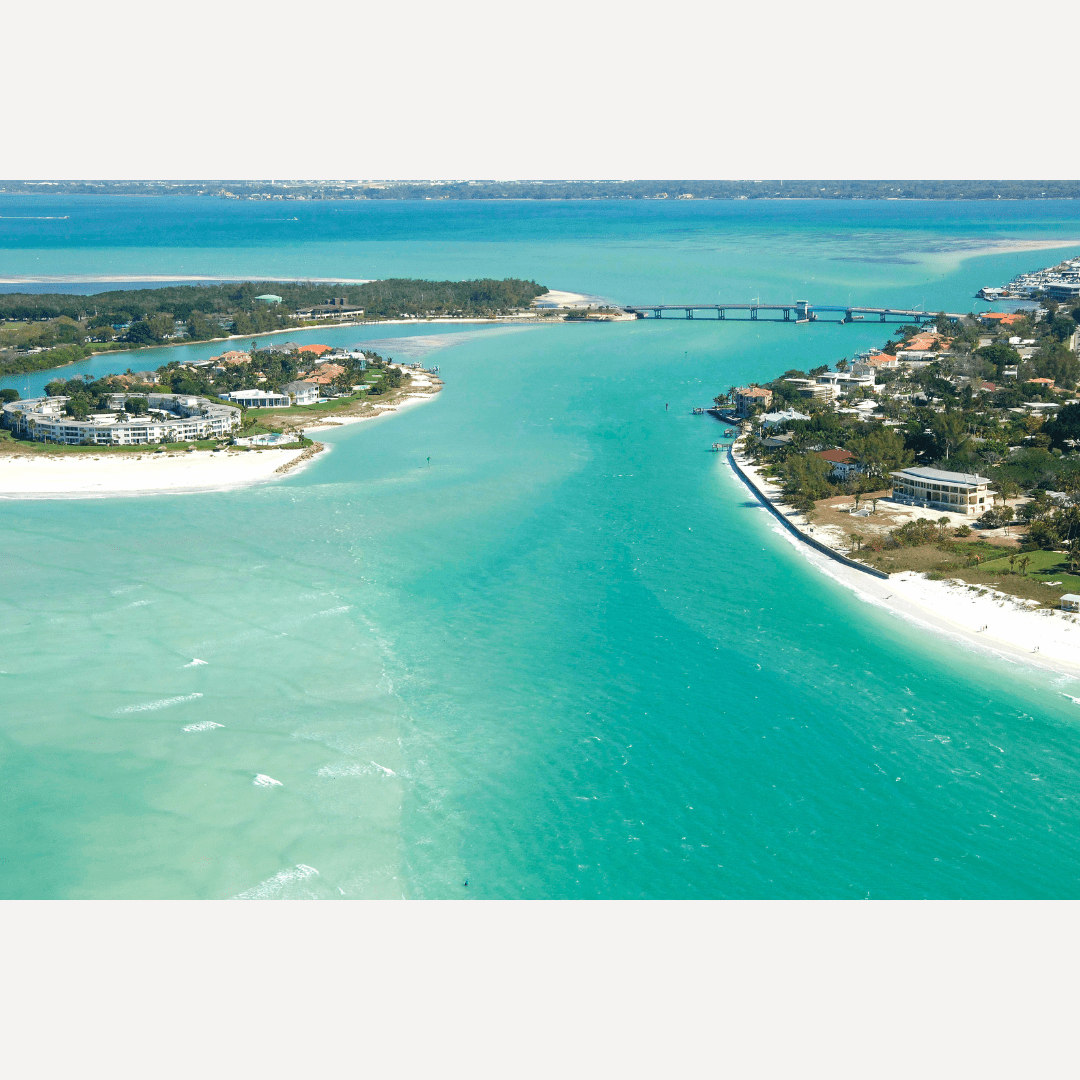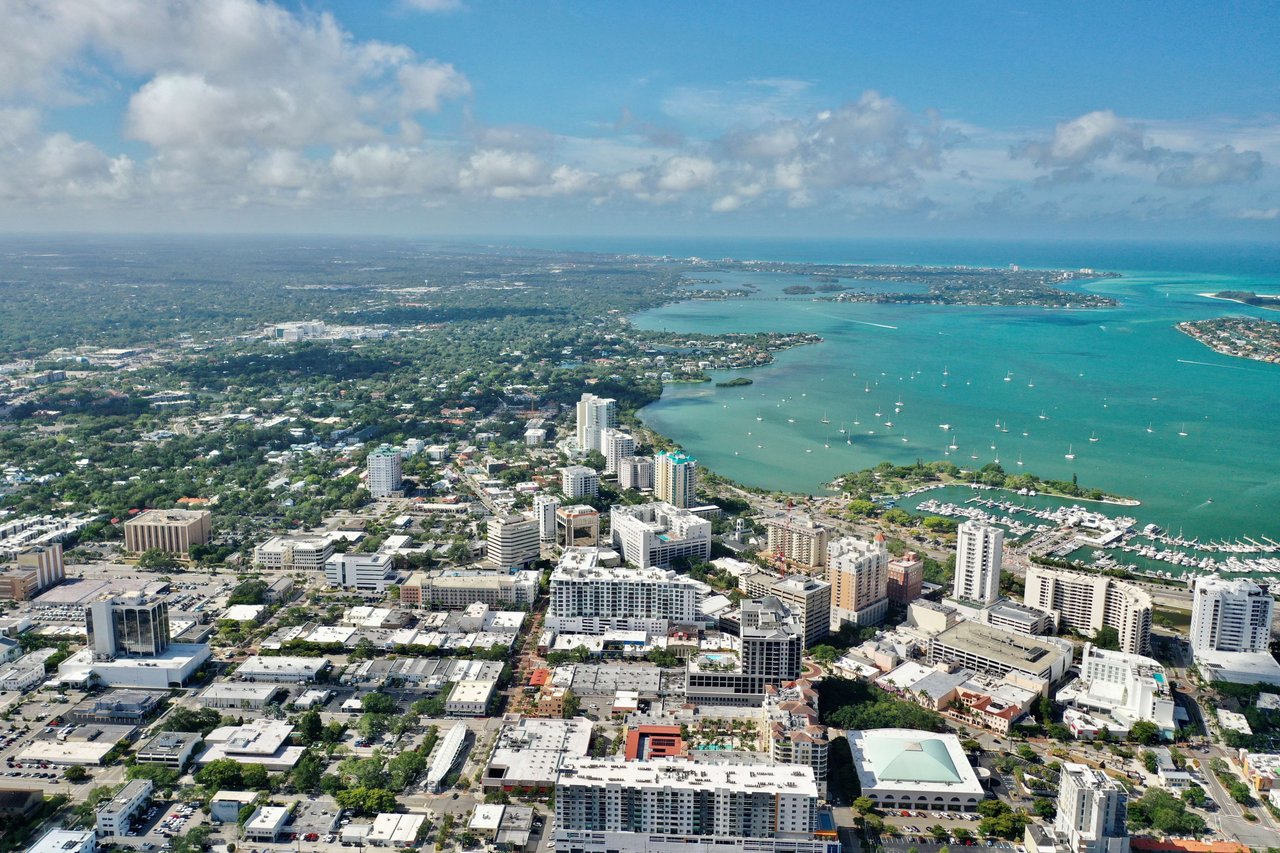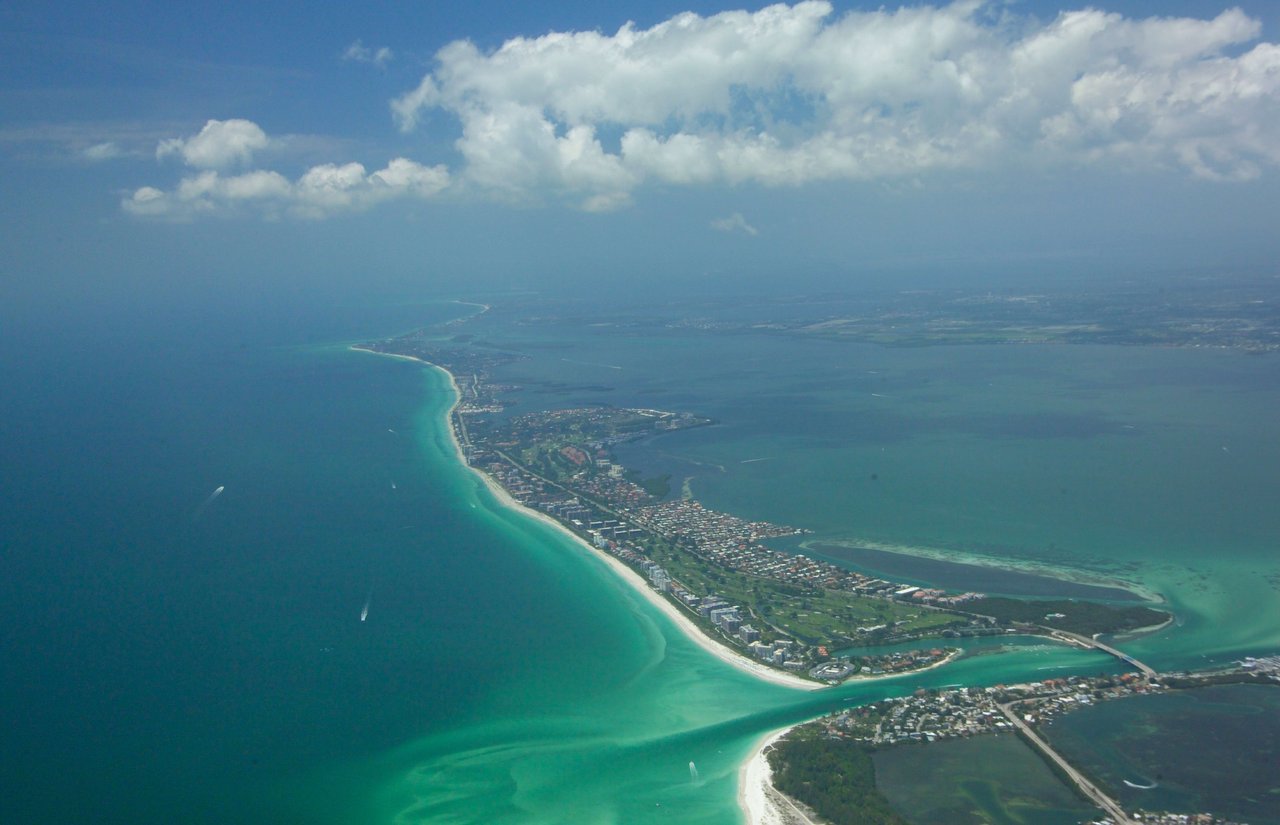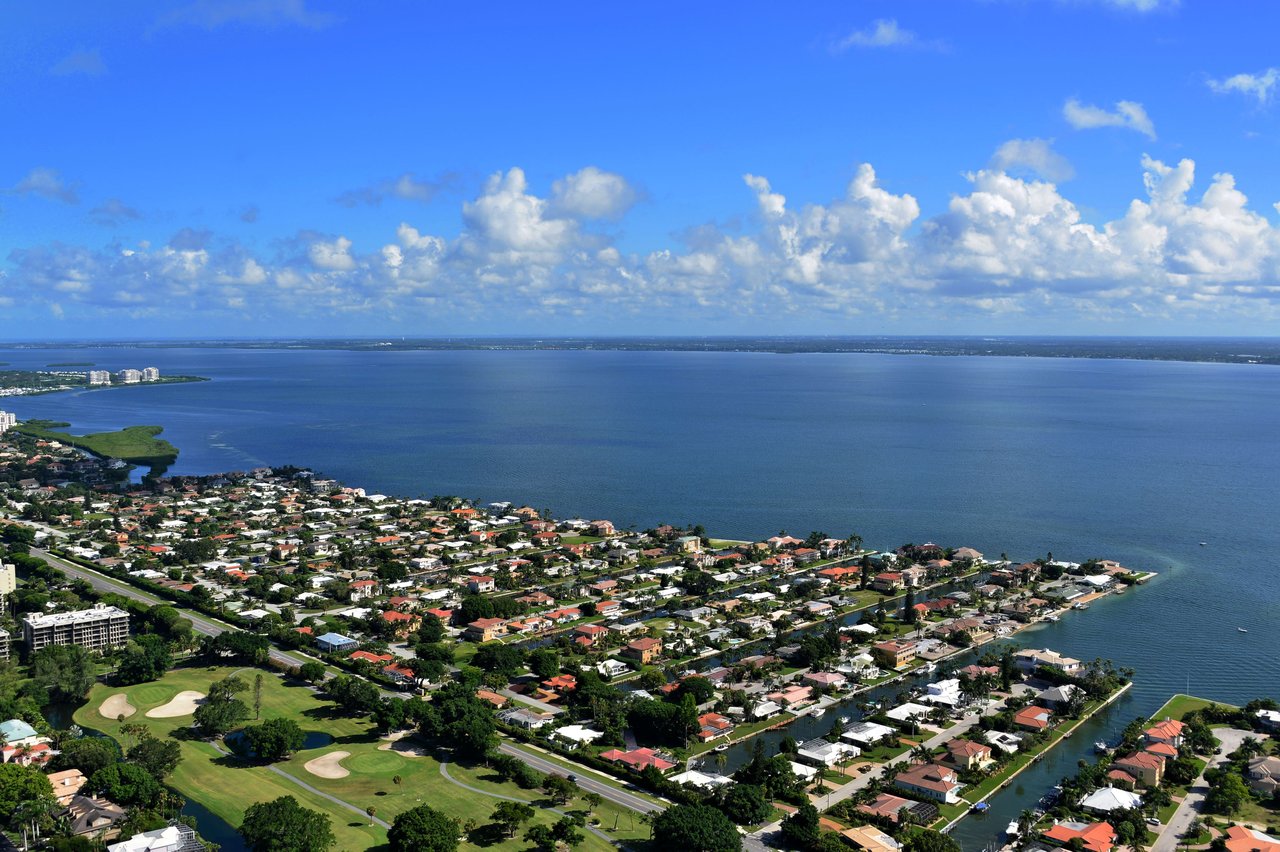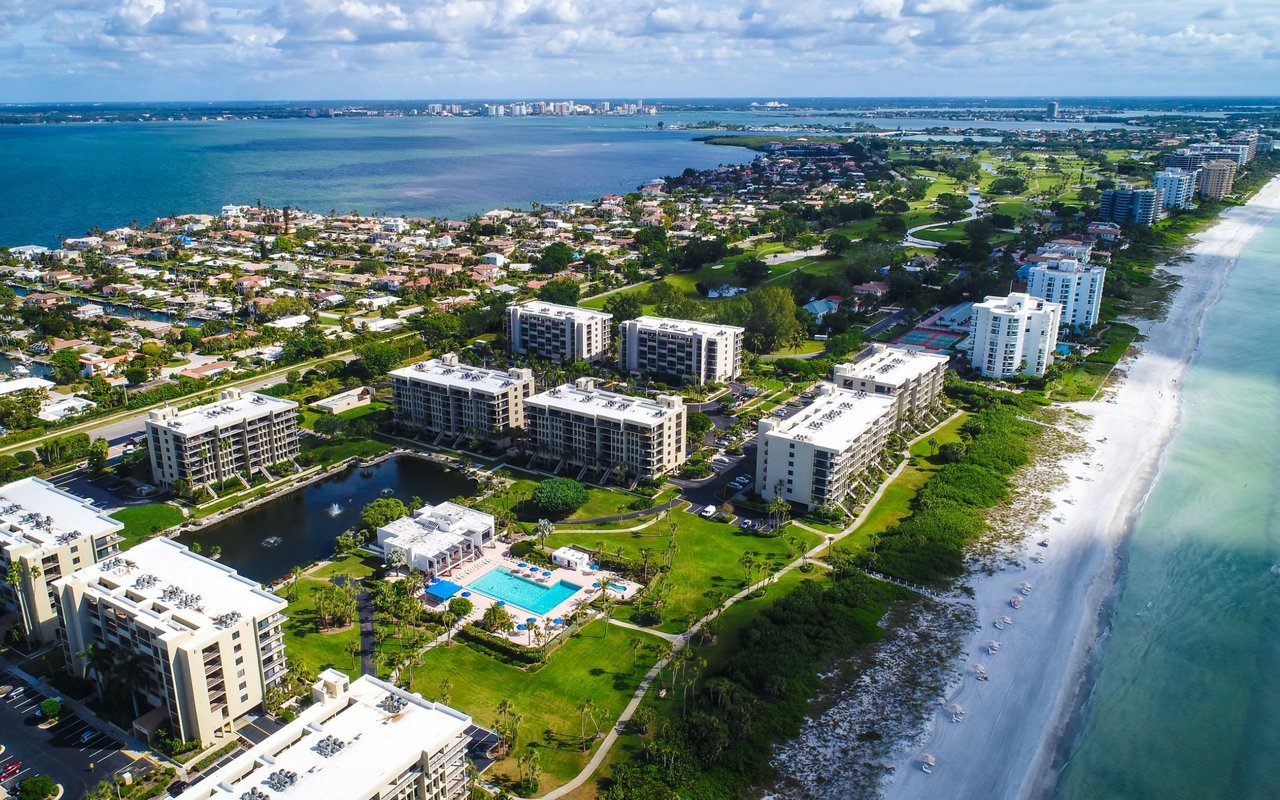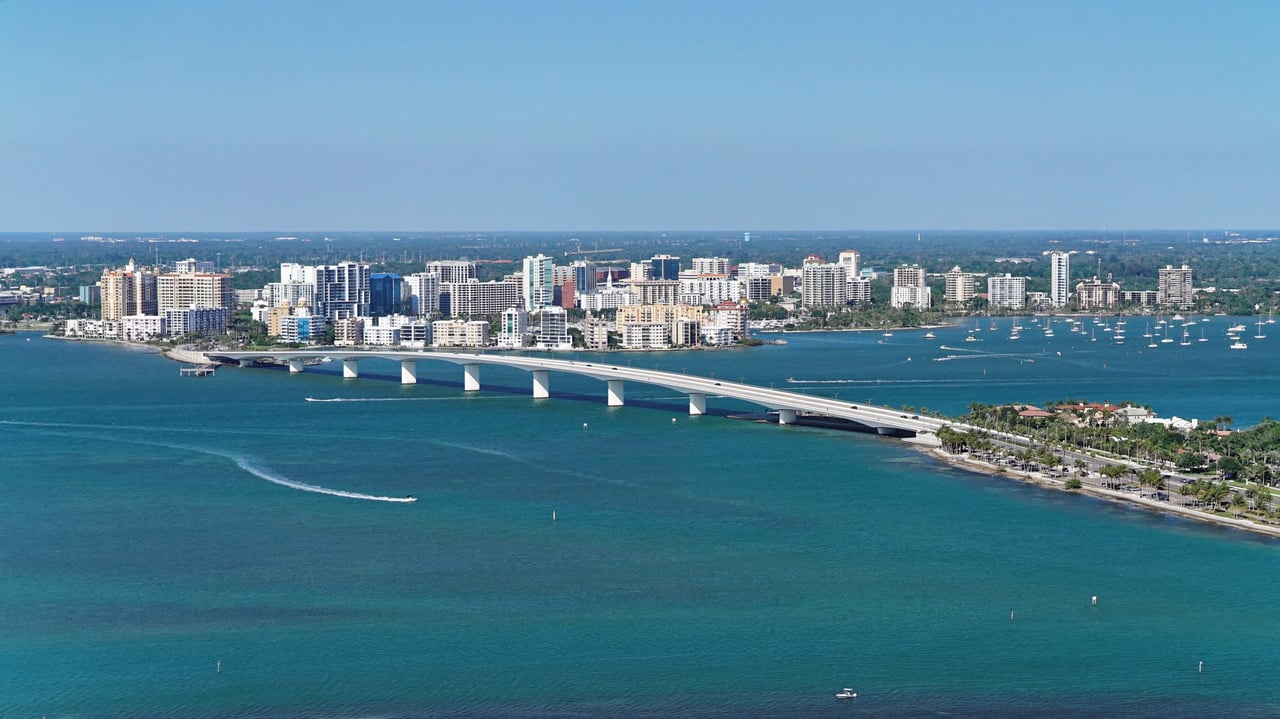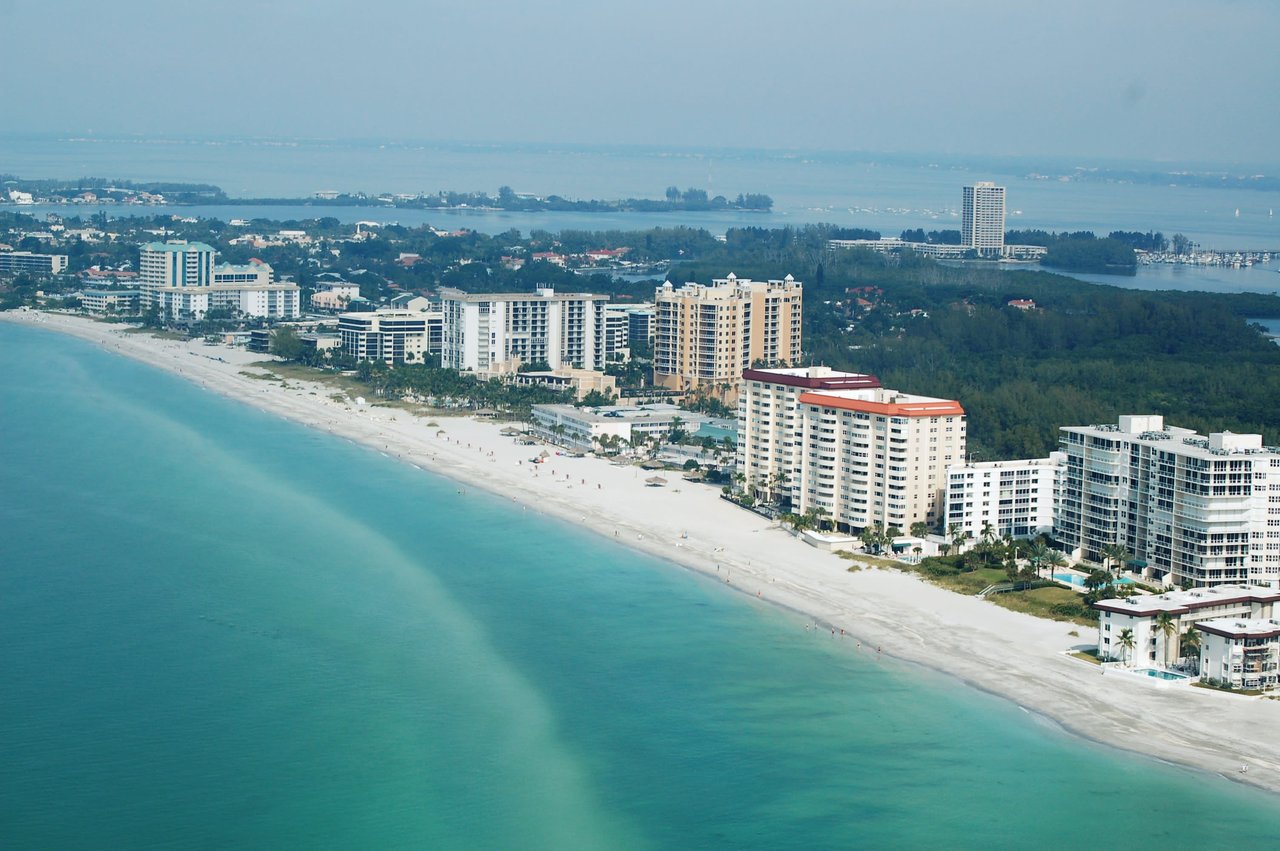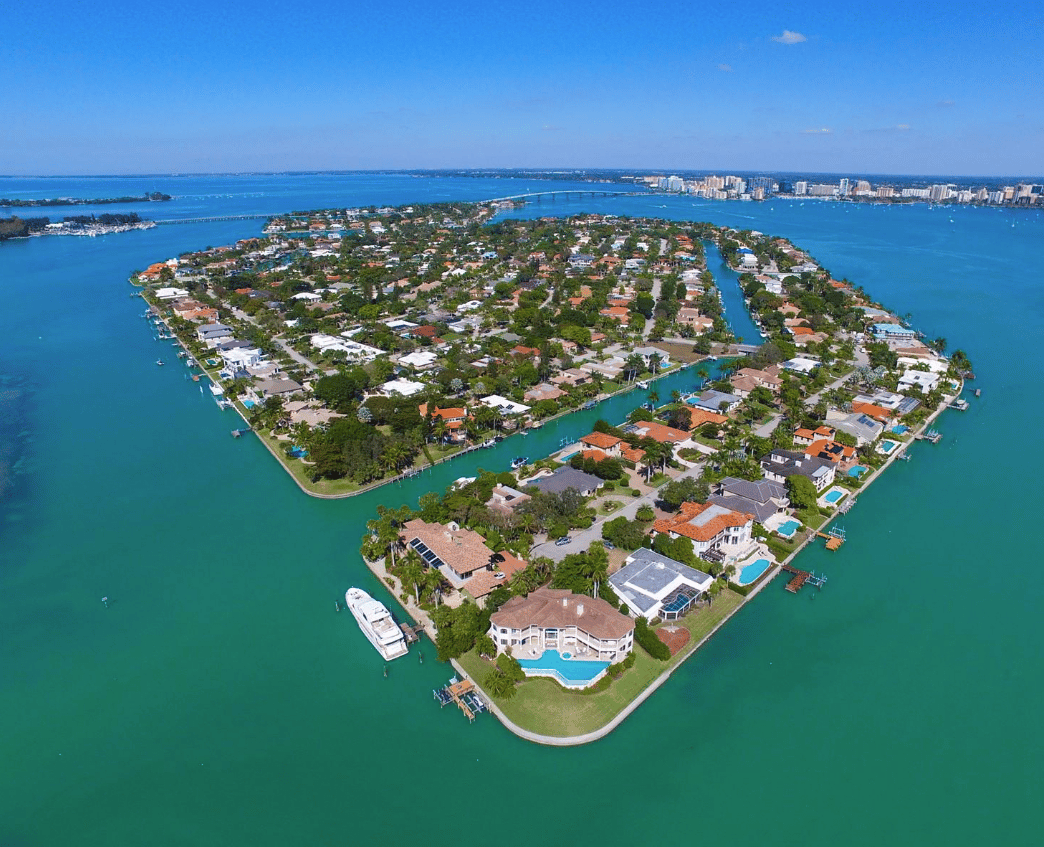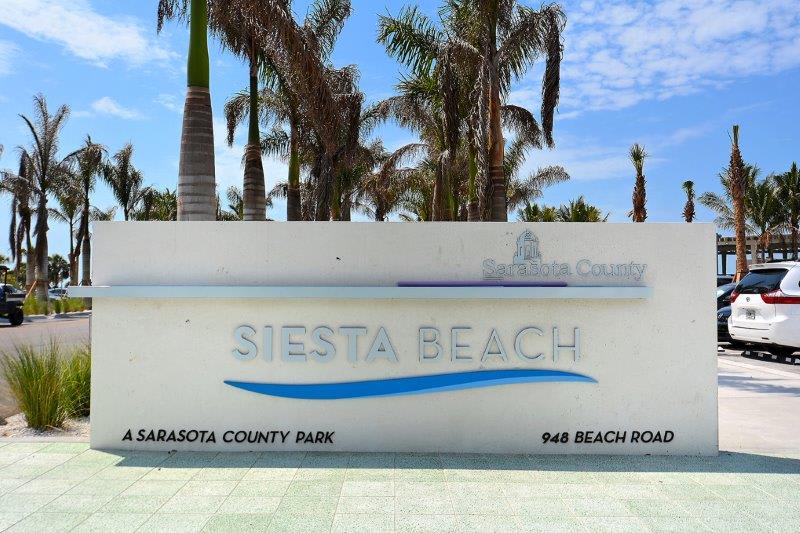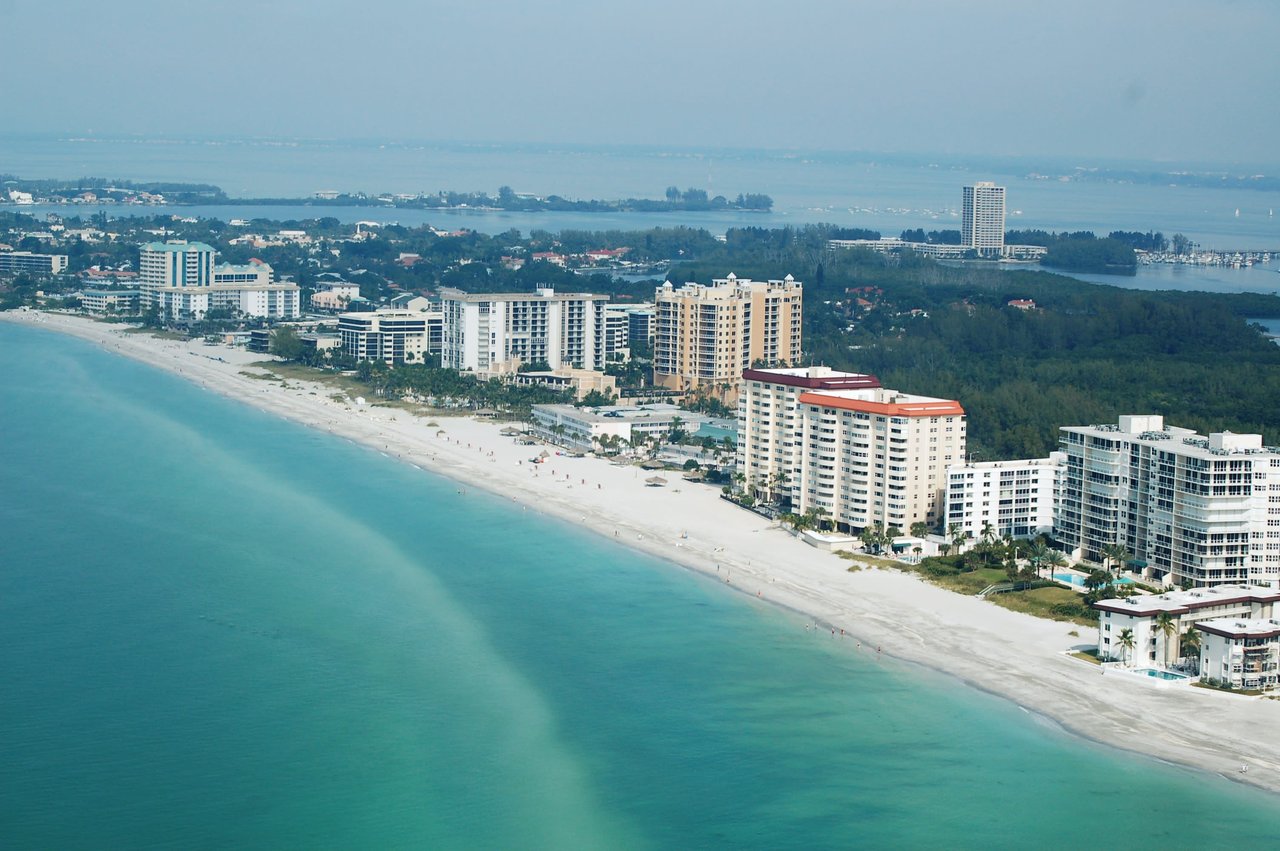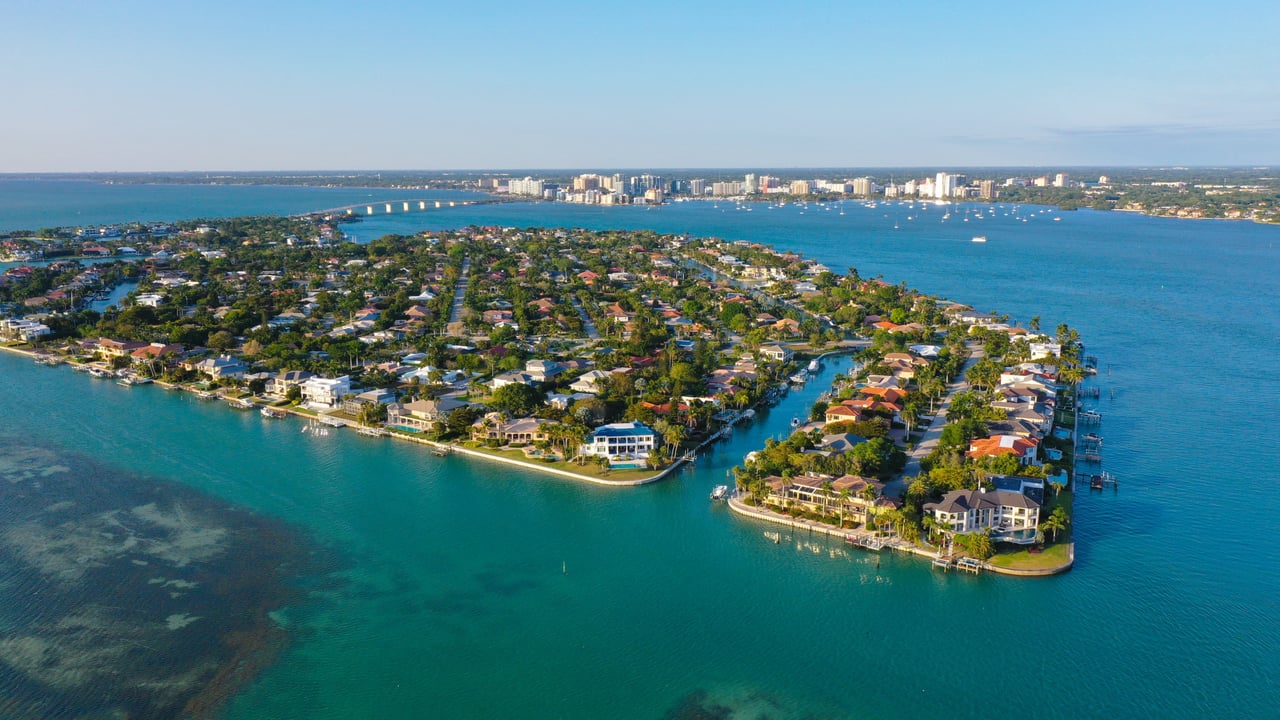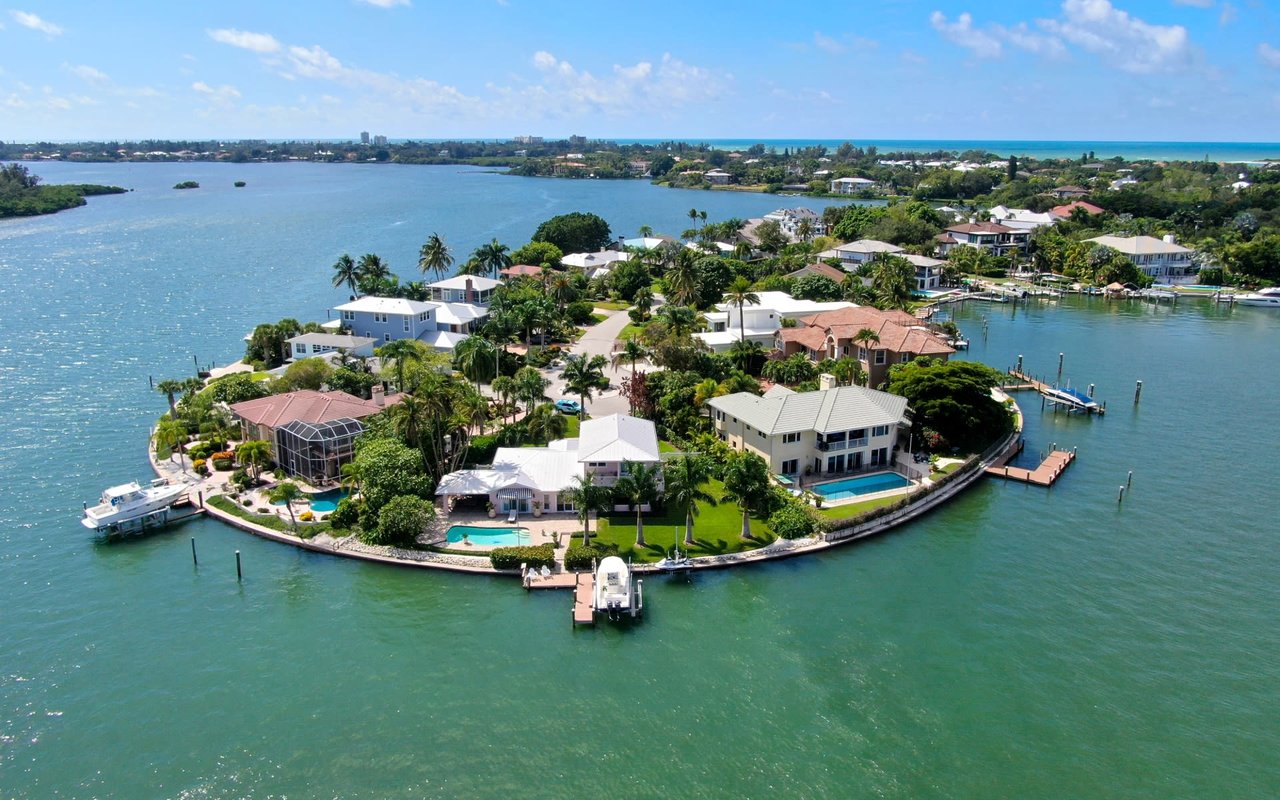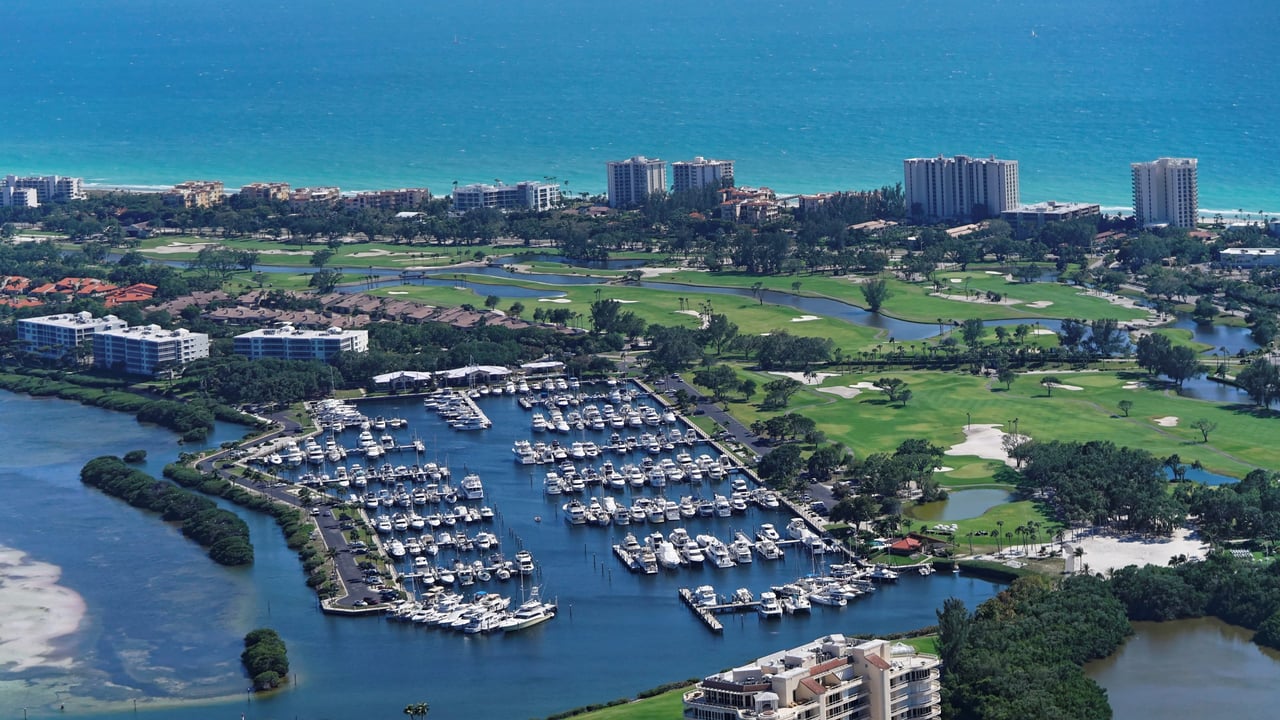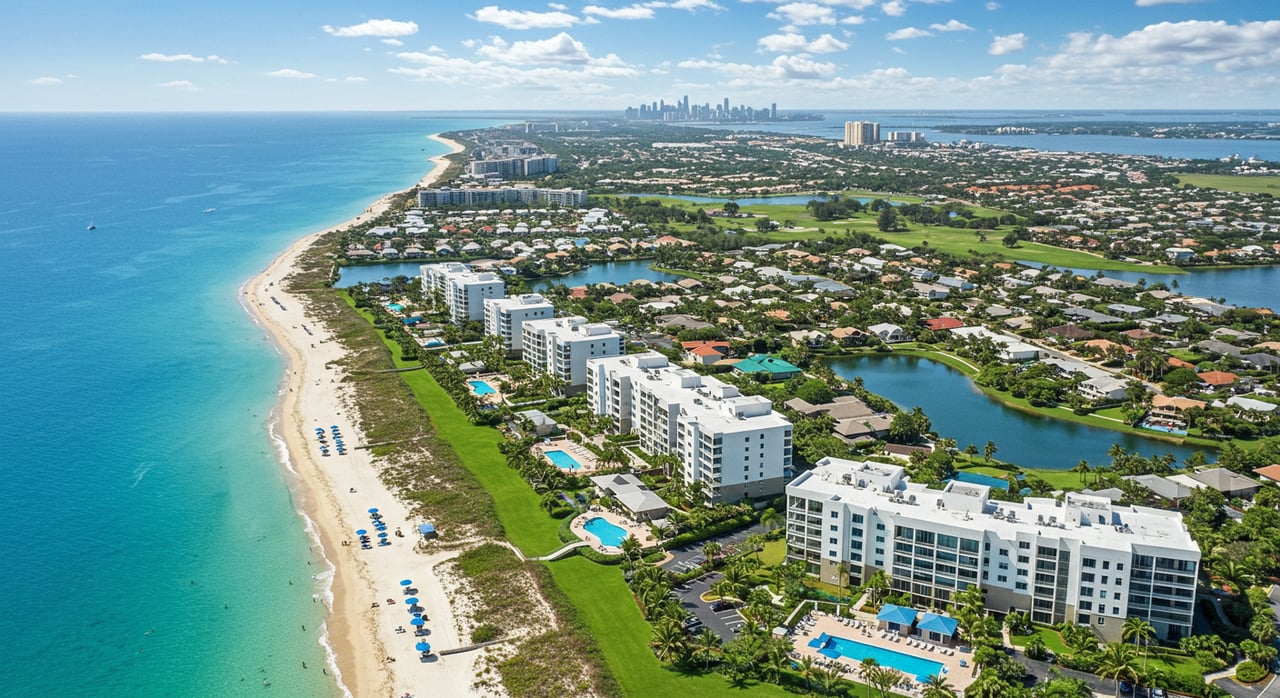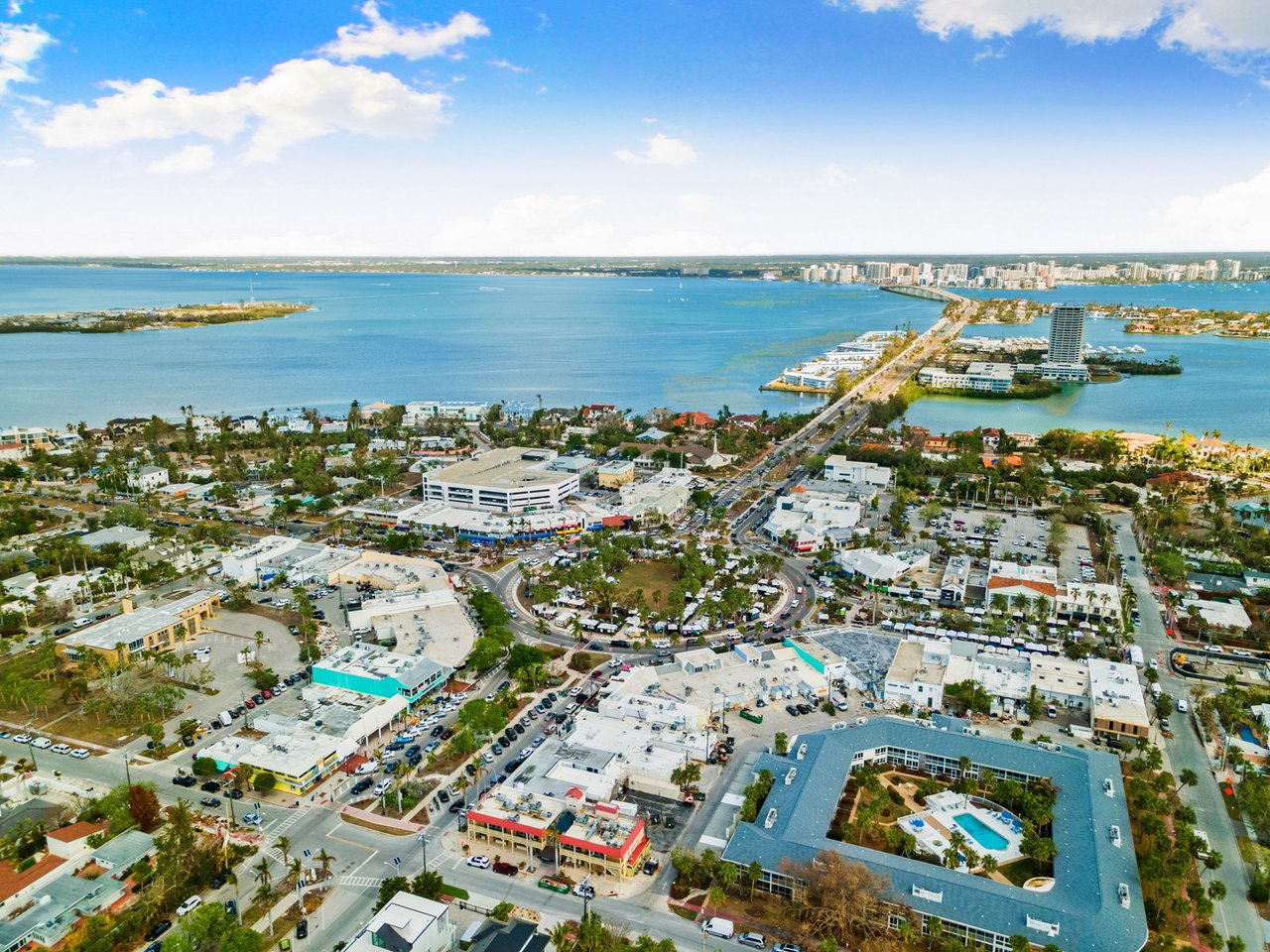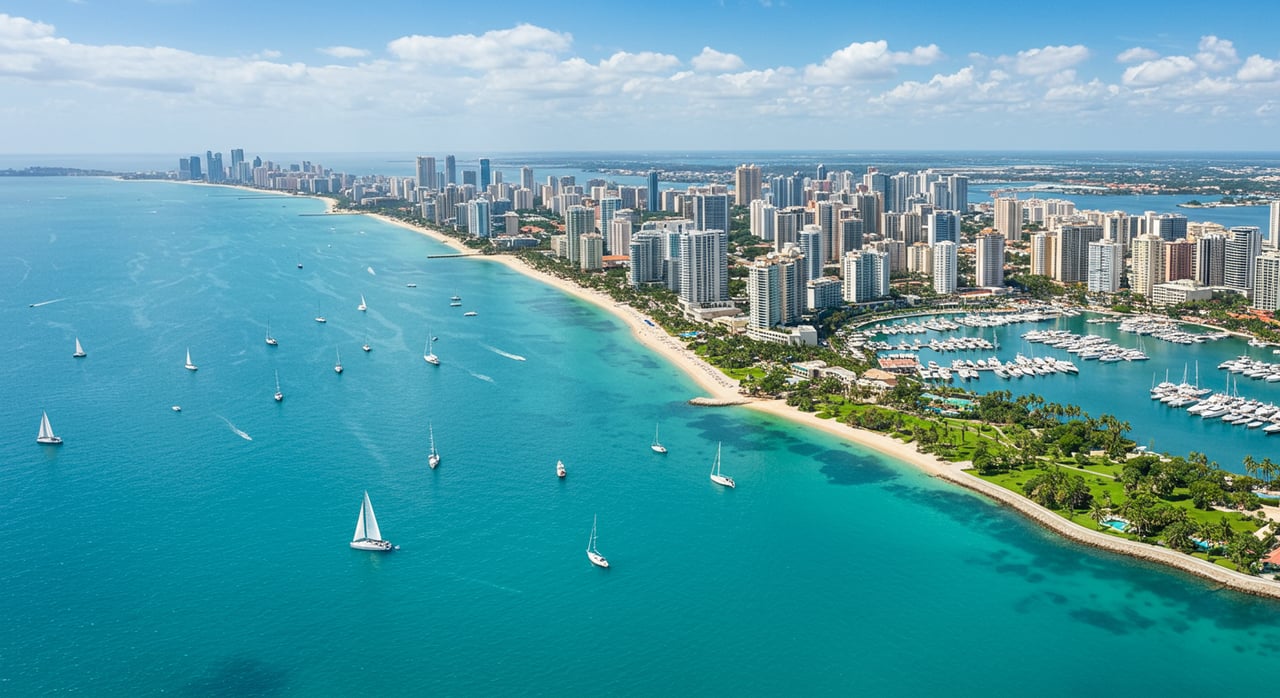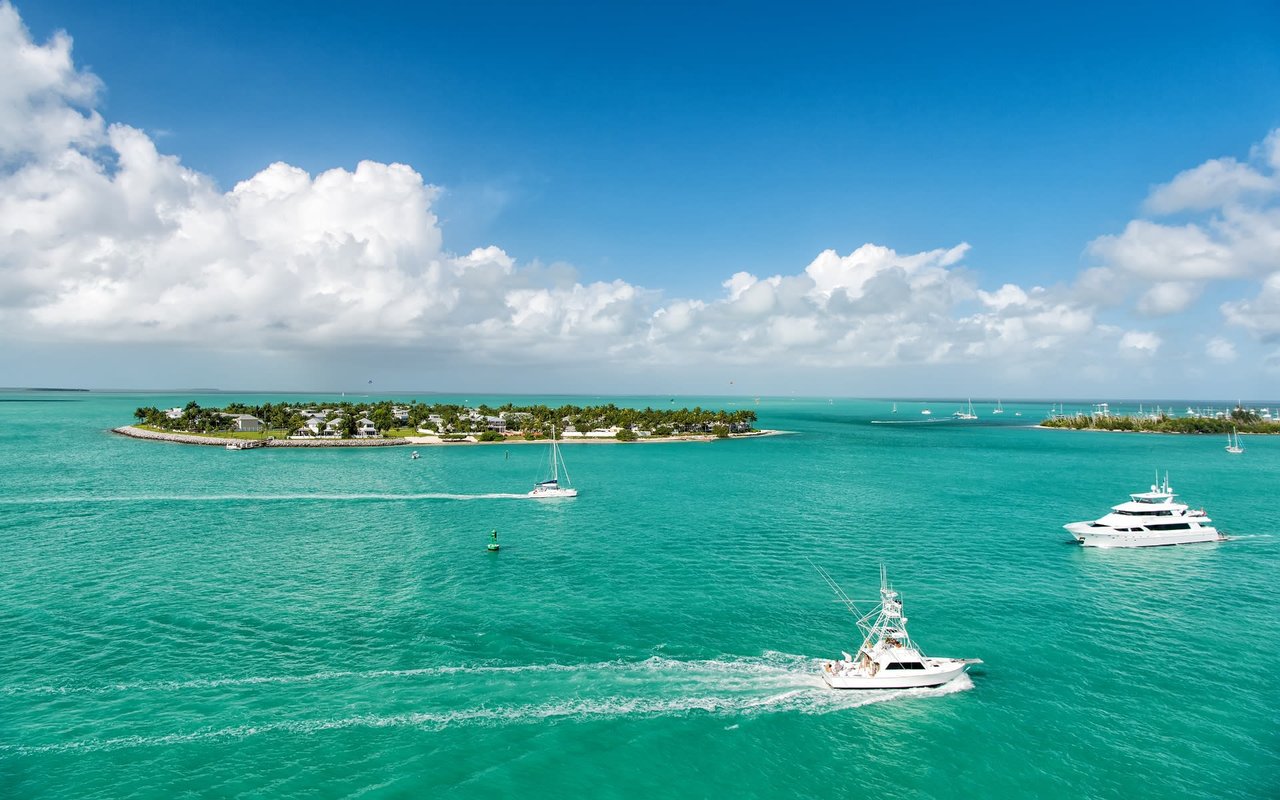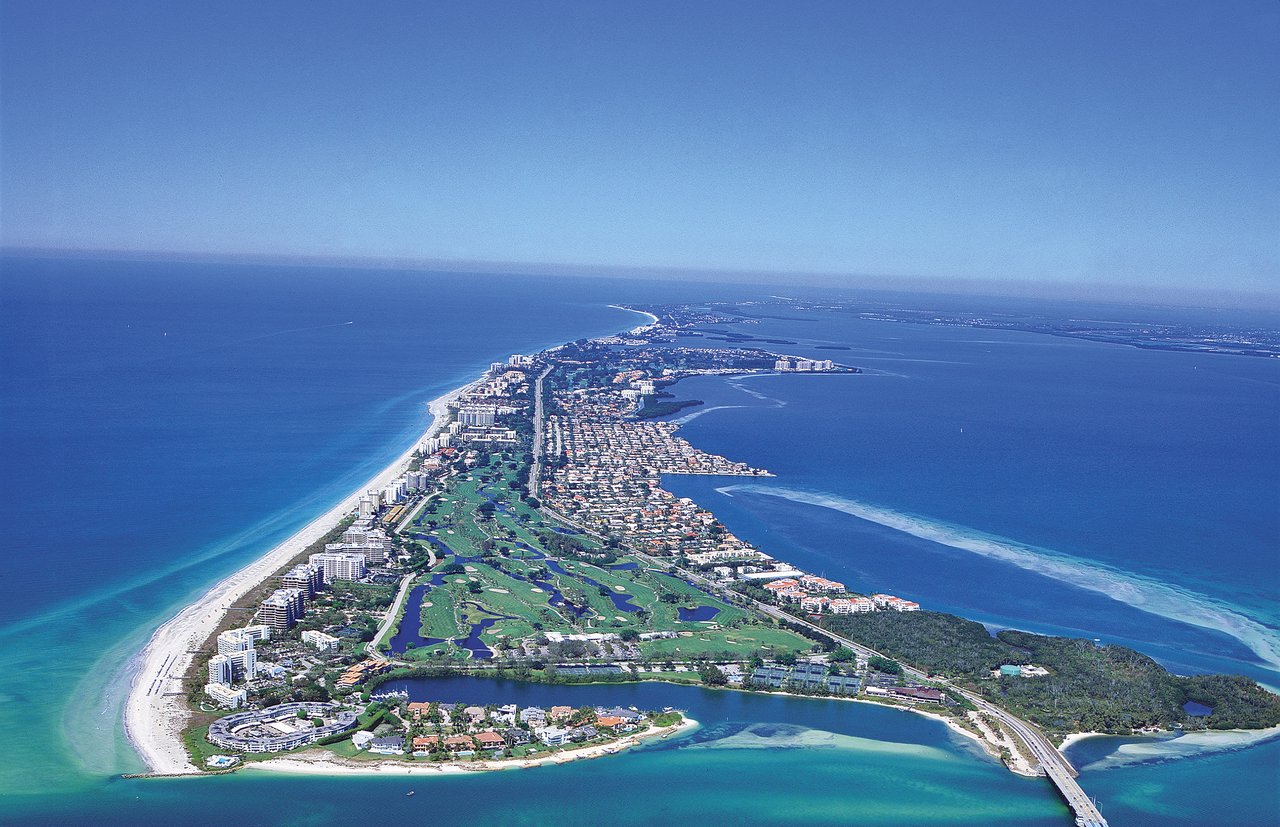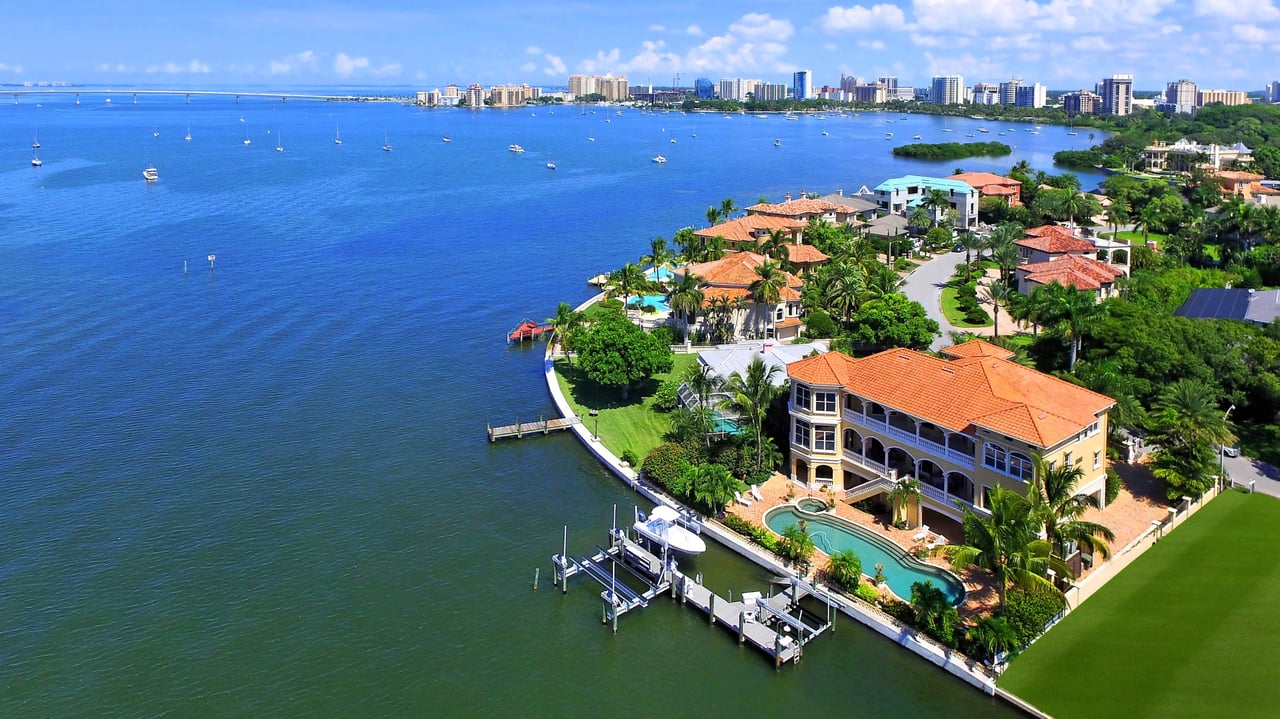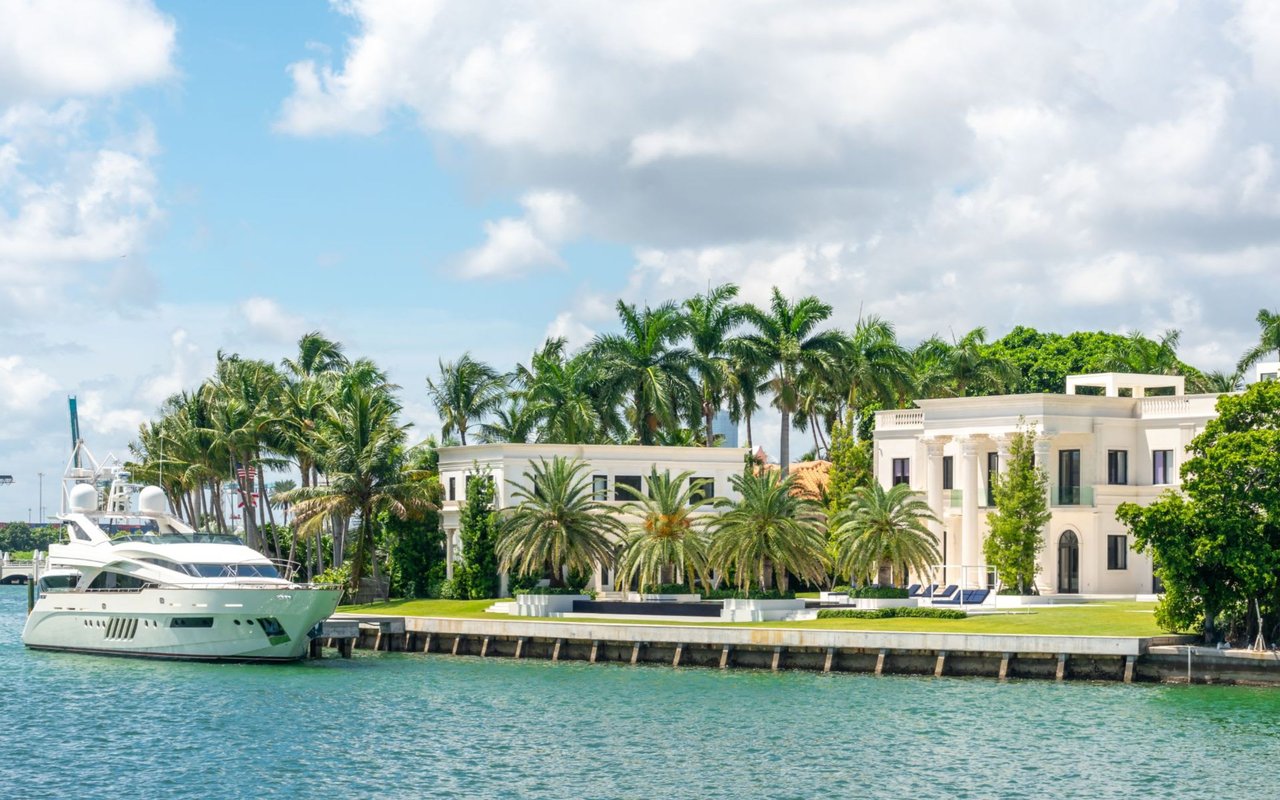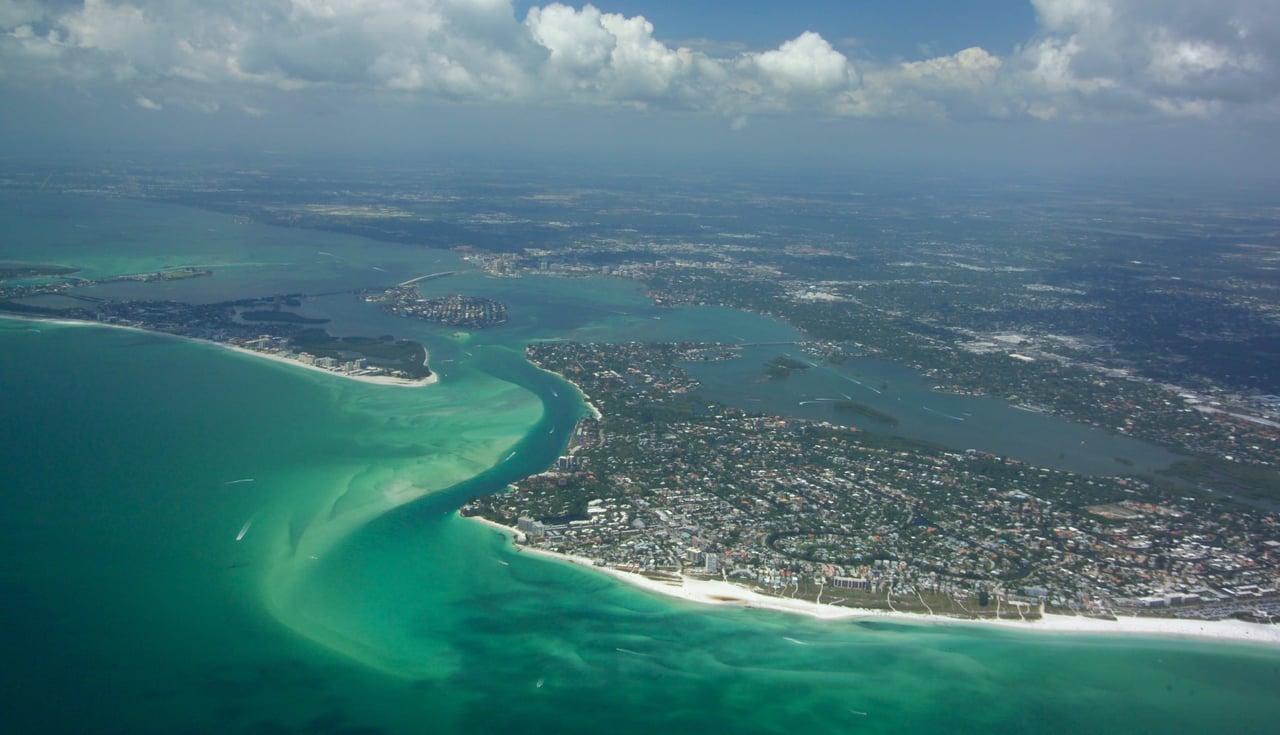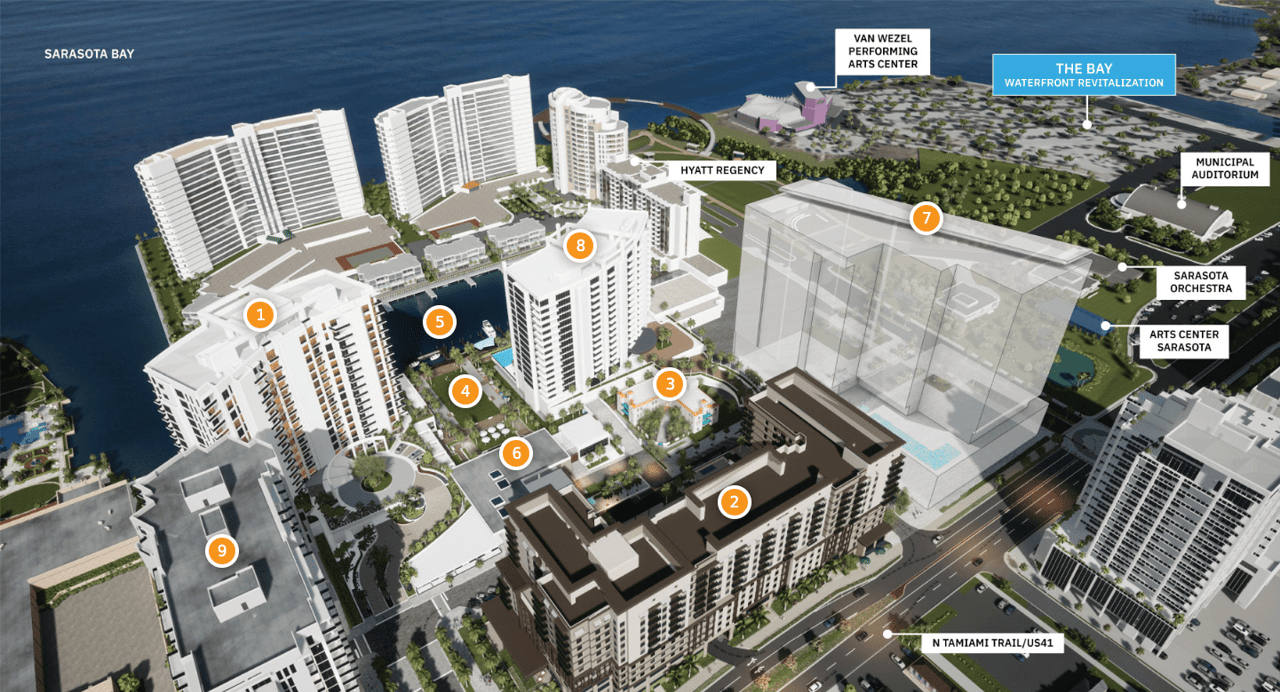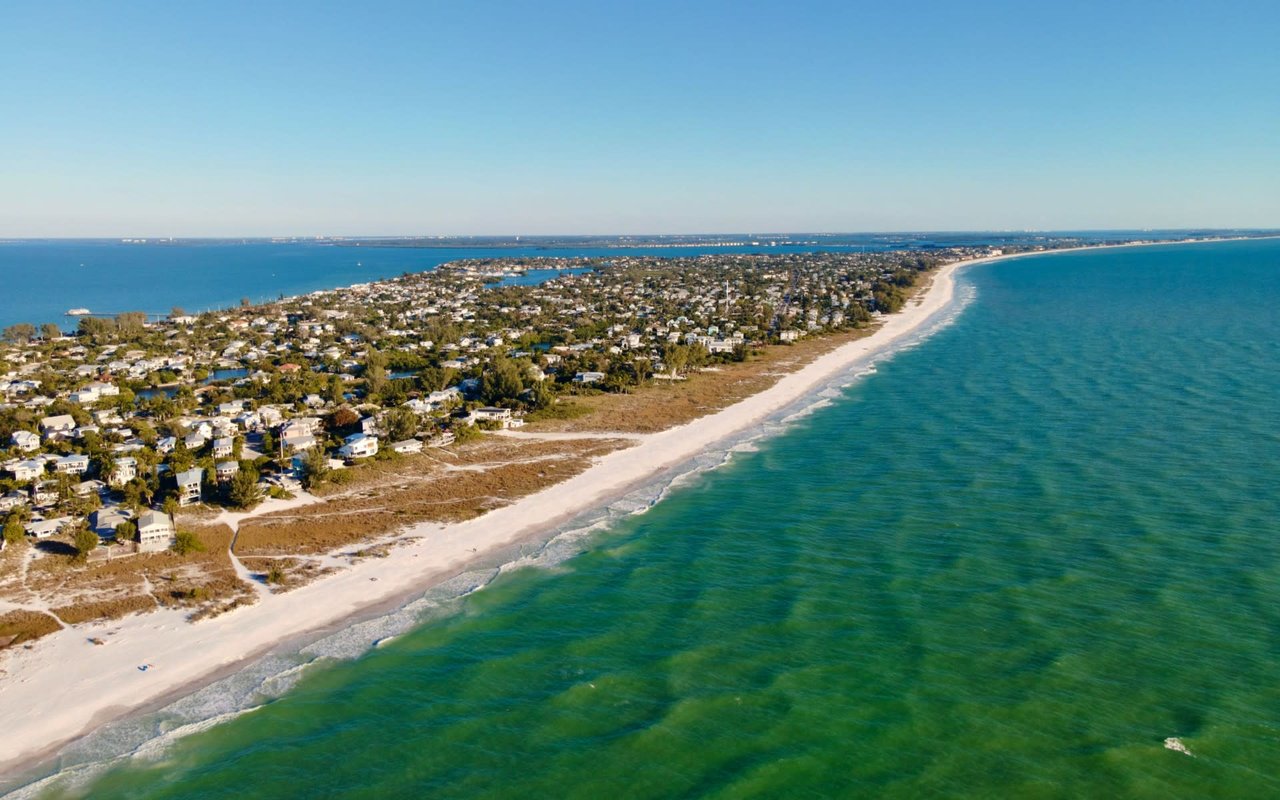In CNBC’s 2025 "Top States for Business" rankings, Florida claimed the strongest economy in the nation for the third consecutive year, earning an economy score of 363/445, the highest among all 50 states. The state also ranked second for workforce in that report.
Economic Scale & Growth
-
Gross State Product (GSP)
Florida’s GSP stands at $1.705 trillion in 2024, making it the fourth-largest state economy, surpassing Spain and ranking 15th globally. -
Real GDP & Growth Rates
Real (inflation-adjusted) GDP reached $1.3 trillion in 2024, growing 3.6% year-over-year. Over the last five years, Florida’s GDP has increased at an annualized rate of 4.0%, the fastest in the U.S. -
Sector Contributions
In 2024, the leading sectors were:-
Real estate, rental & leasing: $265 B
-
Professional/business services: $208 B
-
Education, health care & social assistance: $126 B
-
Labor Market & Income Indicators
-
Unemployment & Participation
Unemployment was at 3.6% in February 2025, and hovered near 3.7% in April. Labor force participation recovered to 58.8% by July 2024. -
Personal Income & Wages
Florida’s per capita income is approximately $70–73 K (2024), ranking around 20th nationally. Personal income grew by 7.7% in FY 2022–23 and 5.3% in FY 2023–24. -
Future Projections
The state forecasts employment to grow from ~10 M to 10.9 M by 2030, unemployment inching up to around 4.1%, and real GDP growth easing to 2–2.1% annually.
Housing Market & Affordability
-
Home Sales & Inventory
December 2024 saw homes spending an average 70 days on market—the slowest since 2019—driven by a 22% rise in new listings and 7% mortgage rates. -
Price Trends
Median home prices peaked at $423K in April 2024 (61% above pre-pandemic levels), then began cooling. From April 2020–July 2024, construction surged with 760K+ new homes built. -
Insurance & Cost Pressures
Homeowners insurance premiums in Florida soared to an average of $6 K/year by 2023, placing it among the highest in the U.S. The state is also rated an “F” on cost-of-living due to insurance and housing expenses.
Demographics: Inbound Migration & Workforce
-
Population Surge
Florida added around 1.8 M residents between April 2020–July 2024, becoming the fastest-growing state, driven by millennials, retirees, remote workers, and corporate relocations. -
Corporate Growth
Corporate headquarters in-state grew 86% between March 2022–2023, the fastest nationwide, with Jacksonville, Tampa, and Miami among the top 10 U.S. cities gaining HQs.
Tourism, Infrastructure & Trade
-
Visitor Volume
Florida surpassed 100 million visitors in 2015, and typically hosts around 120 million visitors annually, sustaining 1.4 million tourism-related jobs. -
Ports & Trade
With major seaports like Miami and Everglades and airports such as MIA and Orlando International, Florida is a major gateway for cargo, passengers, and trade with Latin America & the Caribbean.
Risks on the Horizon
-
Insurance & Disaster Risk
Climate events have triggered massive insurance claims—$30B from hurricanes Irma and Michael—causing premiums to spike dramatically. -
Climate Vulnerability
Studies warn that up to 1 million homes (10%) could be at risk of flooding, with 64K+ homes by 2100 already facing chronic flood risk.
What It Means for Stakeholders
| Stakeholder | Key Takeaways |
|---|---|
| Business Leaders | Florida offers a vibrant market with strong GDP, robust workforce, ample infrastructure, and generous reserves (~$17B, incl. $4.4B stabilization fund). A prime relocation destination. |
| Homebuyers / Investors | Post-boom correction means inventory is up, prices flattening—but long-term demographic and institutional demand remains strong. Expect to factor in insurance & climate risk. |
| Policy Makers & Planners | Managing development vs affordability, ensuring insurance protections, and addressing climate resiliency are top priorities. |
| Economists & Forecasters | After 4–5% growth, a moderate slowdown (~2% real GDP growth) seems likely; resilience remains high but growth normalization is underway. |
Bottom Line
Florida’s economy has secured its place at the top—driven by scale, diversity, growth, and resilience. A massive $1.7T GSP, rapid population growth, corporate expansion, and thriving tourism infrastructure underline its success. But the state is also confronting affordability pressures, insurance instability, and climate threats. The future depends on responsive policy, continued diversification, and strategic long-term planning.




